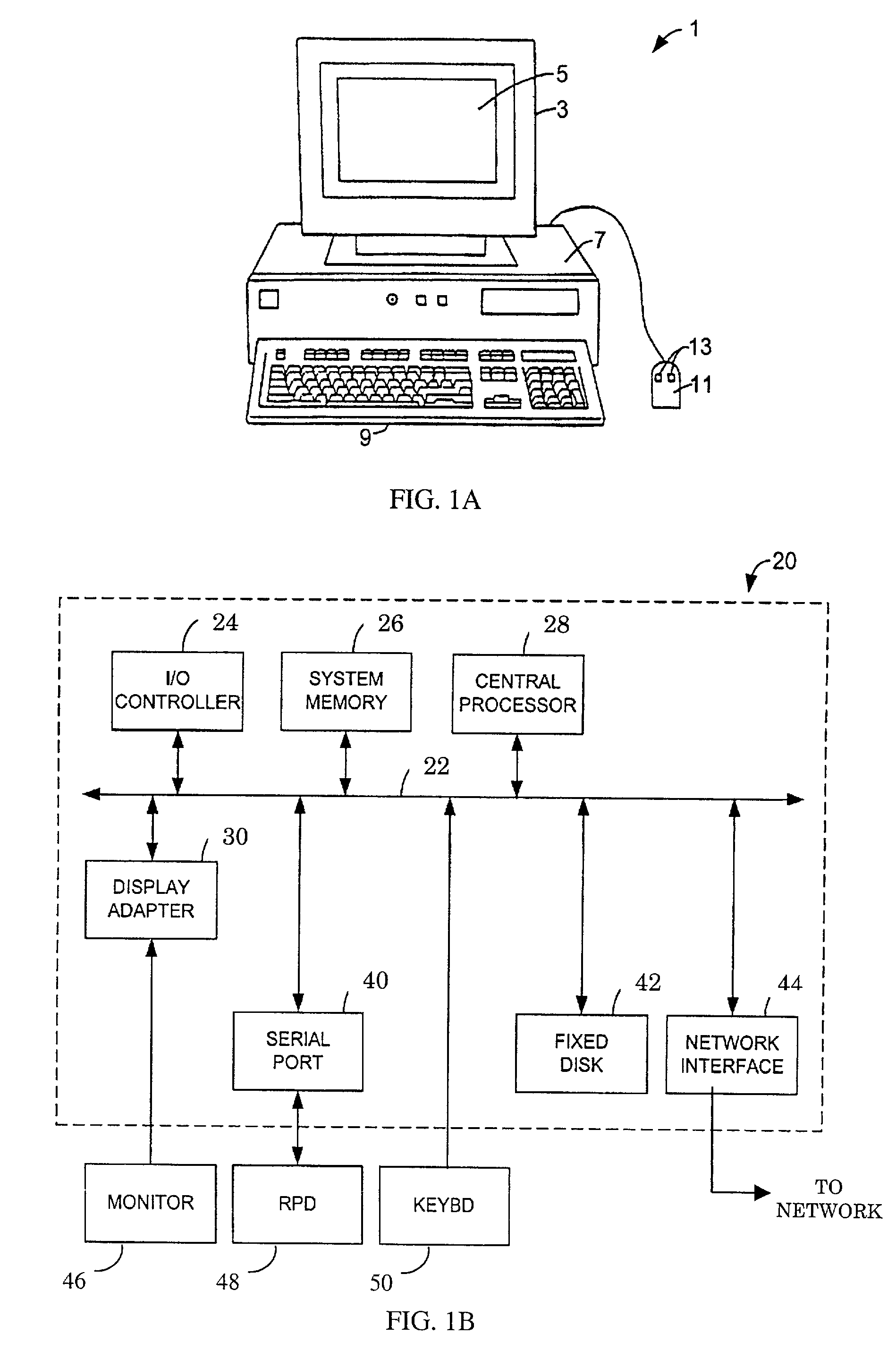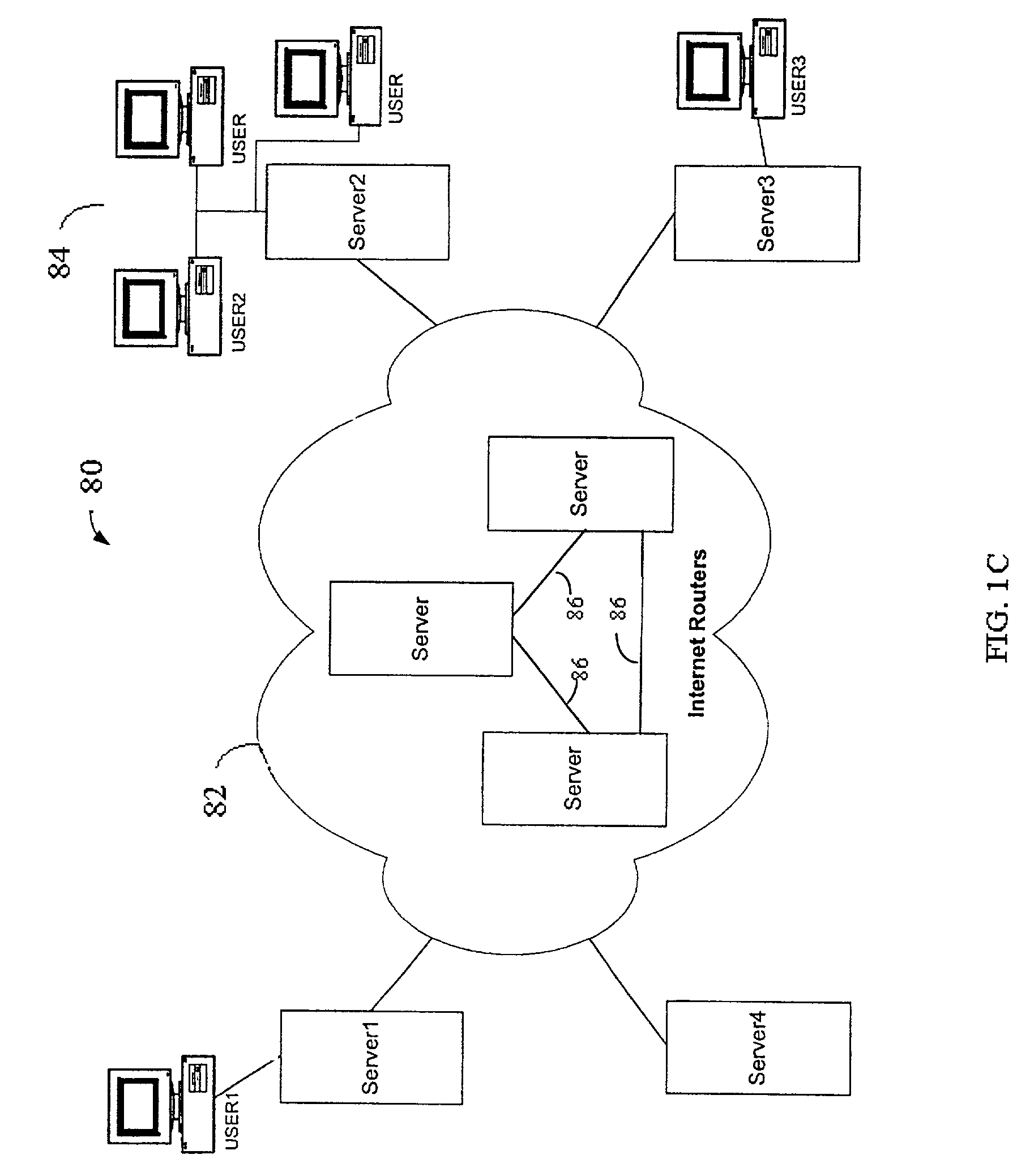System and method to provide routing control of information over data networks
a data network and information technology, applied in the field of data routing, can solve the problems of limiting the usefulness of the internet infrastructure for business-critical applications, congestion of data traffic, and insufficient solutions, and achieve the effect of cost-effective us
- Summary
- Abstract
- Description
- Claims
- Application Information
AI Technical Summary
Benefits of technology
Problems solved by technology
Method used
Image
Examples
Embodiment Construction
[0041]Detailed descriptions of the embodiments are provided herein. It is to be understood, however, that the present invention may be embodied in various forms. Therefore, specific details disclosed herein are not to be interpreted as limiting, but rather as a basis for the claims and as a representative basis for teaching one skilled in the art to employ the present invention in virtually any appropriately detailed system, structure, method, process or manner.
[0042]FIGS. 1A, 1B, and 1C illustrate basic hardware components suitable for practicing a specific embodiment of the present invention. FIG. 1A is an illustration of an exemplary computer system 1 including display 3 having display screen 5. Cabinet 7 houses standard computer components such as a disk drive, CD-ROM drive, display adapter, network card, random access memory (RAM), central processing unit (CPU), and other components, subsystems and devices. User input devices such as mouse 11 having buttons 13, and keyboard 9 a...
PUM
 Login to View More
Login to View More Abstract
Description
Claims
Application Information
 Login to View More
Login to View More - R&D
- Intellectual Property
- Life Sciences
- Materials
- Tech Scout
- Unparalleled Data Quality
- Higher Quality Content
- 60% Fewer Hallucinations
Browse by: Latest US Patents, China's latest patents, Technical Efficacy Thesaurus, Application Domain, Technology Topic, Popular Technical Reports.
© 2025 PatSnap. All rights reserved.Legal|Privacy policy|Modern Slavery Act Transparency Statement|Sitemap|About US| Contact US: help@patsnap.com



